No products in the cart.
Nutrition Packaging: Balancing Functionality and Aesthetic Appeal
-
By: Caroline Ray
-
January 23, 2025
Can effective nutrition packaging design achieve both functionality and aesthetic appeal, or must one be sacrificed for the other? In today’s consumer-driven market, this balance is more than achievable—it’s essential. As buyers increasingly value convenience in their daily lives, functional packaging becomes key in meeting these expectations. At the same time, visually pleasing designs utilize elements like color and texture to captivate attention, elevating brand identity. This article explores how combining these two aspects can transform your packaging strategy into a dual force for consumer engagement and brand recognition.
 Functionality in nutrition packaging is essential to ensure products are not only appealing but practical for consumers. This encompasses several critical elements that keep the product safe, fresh, and easy to use. Packaging usability is a key consideration, as it directly impacts the consumer experience by making products more accessible and convenient. Furthermore, packaging for enhanced shelf life and product safety is paramount to maintaining product integrity from production through to consumption. By adhering to specific guidelines and selecting appropriate materials, brands can achieve sustainability and cost-efficiency while ensuring their packaging meets these functional requirements.
Functionality in nutrition packaging is essential to ensure products are not only appealing but practical for consumers. This encompasses several critical elements that keep the product safe, fresh, and easy to use. Packaging usability is a key consideration, as it directly impacts the consumer experience by making products more accessible and convenient. Furthermore, packaging for enhanced shelf life and product safety is paramount to maintaining product integrity from production through to consumption. By adhering to specific guidelines and selecting appropriate materials, brands can achieve sustainability and cost-efficiency while ensuring their packaging meets these functional requirements.
Prioritizing health and safety in packaging design is vital for consumer protection. This involves using materials that do not compromise the product’s quality and ensuring that the packaging is free from harmful substances. By focusing on these aspects, brands can preserve product quality and build consumer trust, ensuring that nutrition products are delivered in optimal condition and aligned with regulatory standards.
 Sustainability in modern packaging is a critical consideration for brands aiming to reduce their environmental impact while maintaining product integrity. As consumers increasingly prioritize eco-friendly practices, companies are compelled to adopt sustainable packaging materials that align with these values. This shift not only addresses environmental concerns but also enhances brand perception, as consumers tend to support businesses that demonstrate responsibility toward the planet. Sustainable packaging solutions integrate both cost-efficiency and product protection, ensuring that the packaging is as durable and effective as traditional options.
Sustainability in modern packaging is a critical consideration for brands aiming to reduce their environmental impact while maintaining product integrity. As consumers increasingly prioritize eco-friendly practices, companies are compelled to adopt sustainable packaging materials that align with these values. This shift not only addresses environmental concerns but also enhances brand perception, as consumers tend to support businesses that demonstrate responsibility toward the planet. Sustainable packaging solutions integrate both cost-efficiency and product protection, ensuring that the packaging is as durable and effective as traditional options.
Understanding the Balance in Nutrition Packaging Design
Balancing functionality and aesthetic appeal is pivotal in nutrition packaging design, as both elements are essential in attracting today’s consumer market. Functionality in packaging ensures that products are convenient to use and integrate seamlessly into consumers’ lifestyles. This encompasses aspects like ease of opening, resealability, and the ability to keep the product fresh and safe during transportation. Aesthetic design, on the other hand, plays a crucial role in drawing consumer attention, using elements such as color, texture, and shape to create a visually compelling product that stands out on the shelf. By harmonizing these aspects, brands can capture the dual benefits of practical usability and visual appeal, enhancing consumer satisfaction and brand loyalty. Key functional aspects in nutrition packaging include:- Durability: Ensures the packaging withstands handling and transportation without damage.
- Ease of Use: Facilitates consumer interaction, such as easy opening and closing mechanisms.
- Product Protection: Maintains the integrity and freshness of the product.
- Sustainability: Utilizes materials that are environmentally friendly and cost-effective.
- Portability: Allows the product to be conveniently carried and consumed on-the-go.
Key Functional Elements in Nutrition Packaging
 Functionality in nutrition packaging is essential to ensure products are not only appealing but practical for consumers. This encompasses several critical elements that keep the product safe, fresh, and easy to use. Packaging usability is a key consideration, as it directly impacts the consumer experience by making products more accessible and convenient. Furthermore, packaging for enhanced shelf life and product safety is paramount to maintaining product integrity from production through to consumption. By adhering to specific guidelines and selecting appropriate materials, brands can achieve sustainability and cost-efficiency while ensuring their packaging meets these functional requirements.
Functionality in nutrition packaging is essential to ensure products are not only appealing but practical for consumers. This encompasses several critical elements that keep the product safe, fresh, and easy to use. Packaging usability is a key consideration, as it directly impacts the consumer experience by making products more accessible and convenient. Furthermore, packaging for enhanced shelf life and product safety is paramount to maintaining product integrity from production through to consumption. By adhering to specific guidelines and selecting appropriate materials, brands can achieve sustainability and cost-efficiency while ensuring their packaging meets these functional requirements.
| Element | Description |
|---|---|
| Durability | Ensures the packaging can withstand handling, transport, and storage without compromising the product. |
| Ease of Access | Facilitates consumer interaction with features like resealable openings and easy-to-open designs. |
| Product Protection | Preserves the freshness and quality of the nutrition product, preventing contamination and spoilage. |
| Sustainability | Utilizes materials that are eco-friendly and efficient in cost, supporting environmental responsibility. |
Designing for Aesthetic Appeal in Nutrition Packaging
Aesthetic appeal in packaging plays a crucial role in capturing consumer attention and differentiating products in a crowded marketplace. Successful packaging design leverages visual elements that align with consumer expectations and brand identity. Bright colors and unique design features are particularly effective in making products stand out on retail shelves. These elements not only enhance visibility but also contribute to a product’s perceived value, impacting consumer perception and influencing purchasing decisions. By thoughtfully incorporating aesthetic elements, brands can create packaging that resonates with their target audience, fostering stronger emotional connections and enhancing brand appeal.Color Psychology in Packaging
Colors have a profound impact on consumer behavior by evoking specific emotions and associations. For instance, warm colors like red and orange can stimulate appetite and evoke excitement, making them ideal for packaging foods meant to be indulgent or energizing. Conversely, cool colors like blue and green can convey freshness and health, appealing to consumers seeking nutritional benefits or organic products. By understanding these psychological effects, brands can strategically select colors that align with their product’s message and influence buying behavior. Successful design features in nutrition packaging include:- Typography: Selecting fonts that reflect the product’s personality and enhance readability.
- Graphic Styles: Using illustrations or patterns that add visual interest and convey product themes.
- Shape: Choosing unique packaging forms that stand out and offer ergonomic benefits.
- Texture: Incorporating tactile elements that encourage consumer interaction and convey quality.
Innovative and Sustainable Packaging Solutions
 Sustainability in modern packaging is a critical consideration for brands aiming to reduce their environmental impact while maintaining product integrity. As consumers increasingly prioritize eco-friendly practices, companies are compelled to adopt sustainable packaging materials that align with these values. This shift not only addresses environmental concerns but also enhances brand perception, as consumers tend to support businesses that demonstrate responsibility toward the planet. Sustainable packaging solutions integrate both cost-efficiency and product protection, ensuring that the packaging is as durable and effective as traditional options.
Sustainability in modern packaging is a critical consideration for brands aiming to reduce their environmental impact while maintaining product integrity. As consumers increasingly prioritize eco-friendly practices, companies are compelled to adopt sustainable packaging materials that align with these values. This shift not only addresses environmental concerns but also enhances brand perception, as consumers tend to support businesses that demonstrate responsibility toward the planet. Sustainable packaging solutions integrate both cost-efficiency and product protection, ensuring that the packaging is as durable and effective as traditional options.
- Biodegradable Plastics: Decompose naturally, reducing long-term environmental impact.
- Recycled Paper: Utilizes post-consumer materials, minimizing waste and conserving resources.
- Compostable Films: Break down in composting environments, suitable for organic waste systems.
- Plant-Based Materials: Derived from renewable resources, offering a sustainable alternative to petroleum-based plastics.
- Recyclable Glass: Offers a reusable packaging option that maintains product purity and quality. Technological advancements are playing a pivotal role in the evolution of packaging design. Innovations in materials and processes enable the creation of packaging that is not only sustainable but also enhances the consumer experience. For instance, smart packaging technologies offer features like freshness indicators and improved barrier properties, contributing to the overall functionality and appeal of the product. Companies like Aigo Print Shop are at the forefront of these developments, providing innovative packaging solutions that cater to modern consumer demands. By leveraging technology, brands can achieve a balance between sustainability and packaging effectiveness, ensuring their products meet both ecological and consumer expectations.
Trends and Consumer Preferences in Nutrition Packaging
Current trends in nutrition packaging emphasize a balance between functionality and aesthetic appeal, as consumers become increasingly discerning about product presentation and usability. With a focus on eco-friendly materials and innovative designs, brands are catering to a market that values sustainability and convenience. Packaging that offers easy-to-use features, such as resealable closures and lightweight materials, is gaining popularity as consumers prioritize practical benefits alongside visual attractiveness. This dual focus not only enhances the consumer experience but also strengthens brand loyalty in a competitive marketplace.Consumer Behavior and Preferences
How do consumer demographics and preferences influence packaging design choices? High precision can be achieved by recognizing that different consumer groups have distinct expectations. For example, younger consumers often prefer packaging that is interactive and visually engaging, incorporating bright colors and bold graphics. In contrast, older demographics might prioritize functionality and ease of use over flashy designs, valuing practicality and product protection. Understanding consumer behavior is critical for brands aiming to enhance packaging appeal. By aligning design elements with target market expectations, companies can create packaging that resonates with their audience, driving consumer interest and purchase decisions. Current packaging trends include:- Minimalism: Simple and clean designs that convey a sense of sophistication and clarity.
- Interactivity: Packaging that engages consumers, offering tactile or digital experiences.
- Eco-Friendliness: Use of sustainable materials that reduce environmental impact.
- Personalization: Customizable packaging options that allow consumers to feel a connection to the brand.
Final Words
Designing nutrition packaging for both functionality and aesthetic appeal plays a vital role in meeting consumer demands. By striking a balance between these elements, brands attract attention while ensuring convenience and safety. The discussed key functional aspects—such as durability, usability, and protection—illustrate the importance of practical design, whereas the aesthetic elements, like color and typography, establish brand identity and influence purchasing behavior. Embracing innovative and sustainable solutions further enhances packaging’s role in a competitive market. Ultimately, understanding current trends and adapting to consumer preferences enables brands to create memorable and effective nutrition packaging.FAQ
How can I make my packaging more appealing?
To make packaging more appealing, focus on combining aesthetic and functional elements. Consider using vibrant colors, unique shapes, and textures to catch consumers’ eyes. Ensure ease of use and sustainability to enhance consumer satisfaction.What are the important 4 considerations in packaging design?
The important four considerations in packaging design are:- Aesthetic appeal to attract consumers
- Functionality for ease of use
- Sustainability to meet environmental standards
- Protection to ensure product integrity during transportation
What makes food packaging appealing?
Food packaging becomes appealing through the use of bright colors, engaging designs, and practical features. These elements work together to ensure product visibility, draw consumer interest, and provide convenience in usage.What is aesthetic packaging?
Aesthetic packaging refers to the use of visually pleasing elements such as color, shape, and texture, designed to attract consumers and communicate brand identity. It involves creating packaging that stands out on retail shelves and enhances brand perception.
Caroline Ray
Hello, I’m Caroline Ray, a custom packaging consultant and designer. With a professional journey spanning over eight years, I’ve evolved from a budding designer to a recognized expert in the field. Currently holding the position of Packaging Consultant, I’ve honed my skills in creating not just visually stunning packaging but also solutions that align with strategic business goals for custom pacakging.
Tag
Categories
List Posts
February 26, 2025
Smart Packaging for Smart Devices: Design Innovations
February 26, 2025
Functional Packaging: Protecting and Showcasing Tech Accessories
February 18, 2025
Unboxing Joy: Creative Packaging Ideas That Delight
February 17, 2025

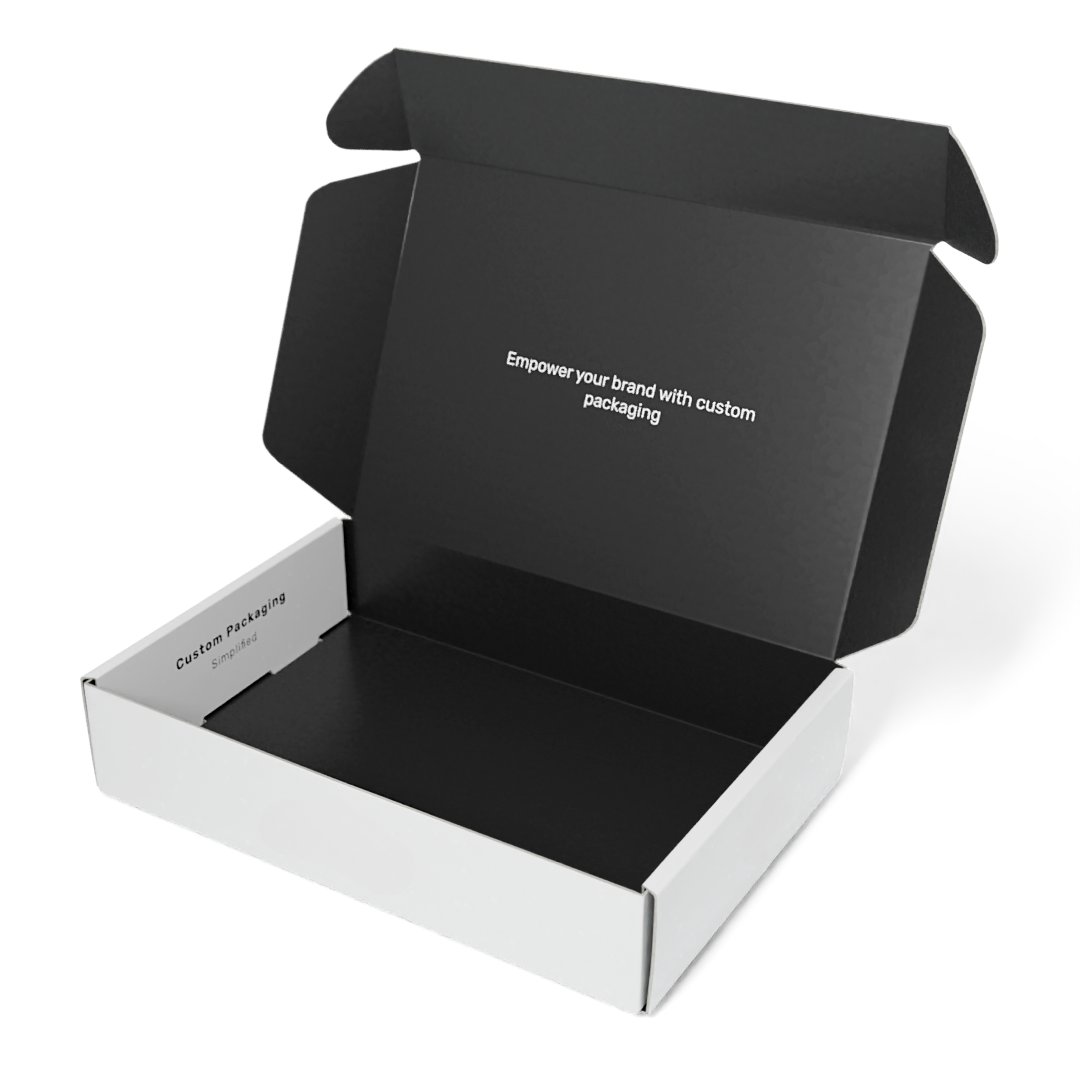
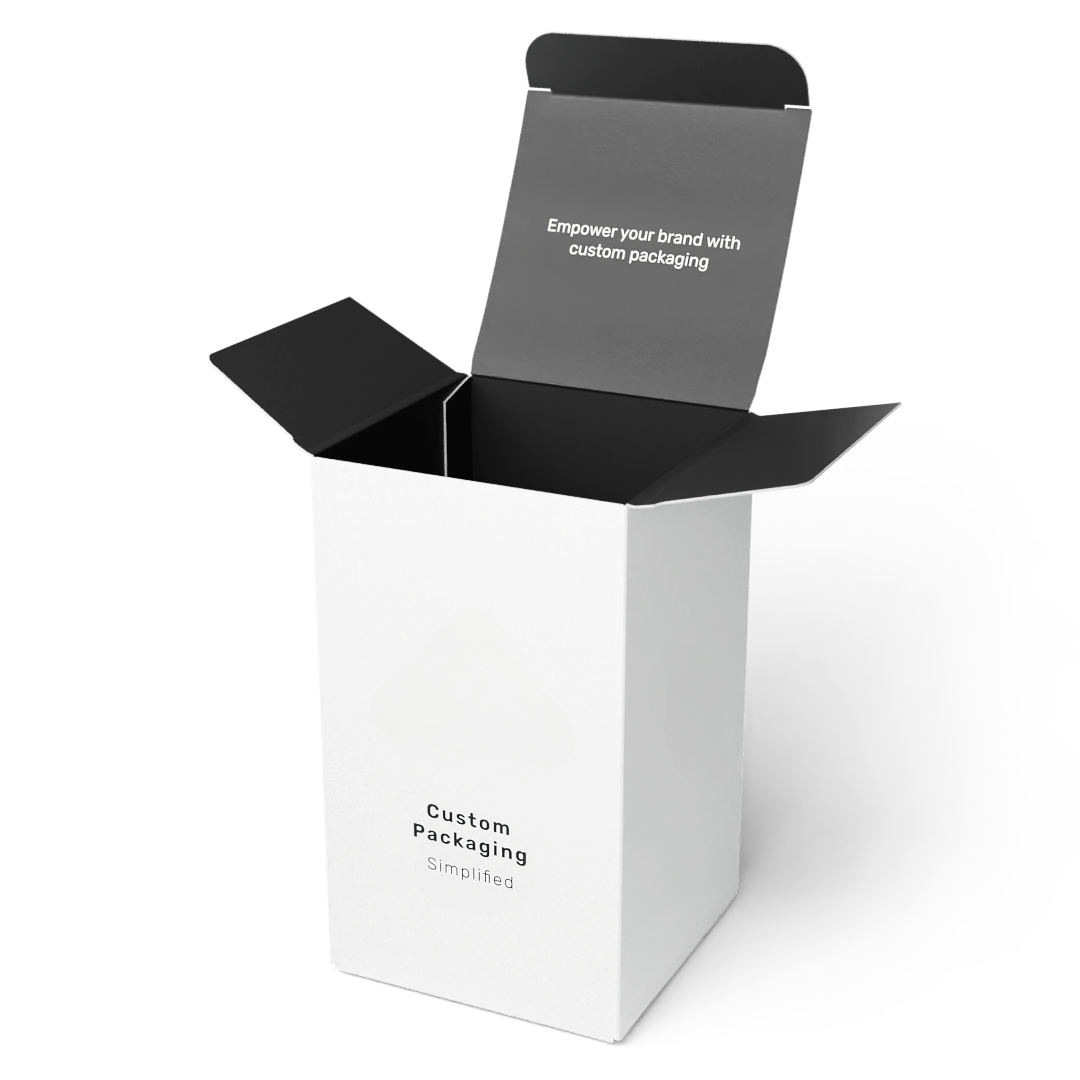
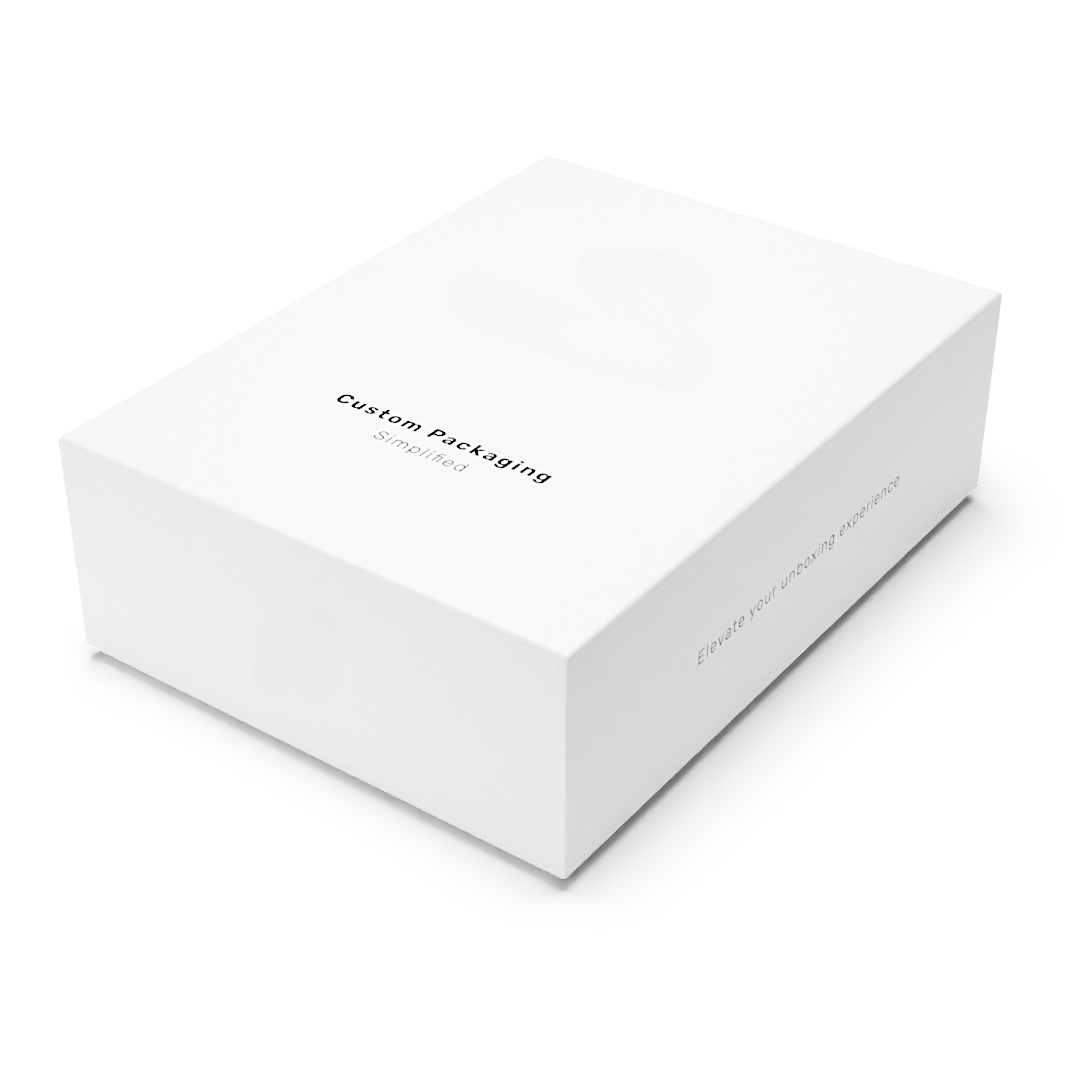
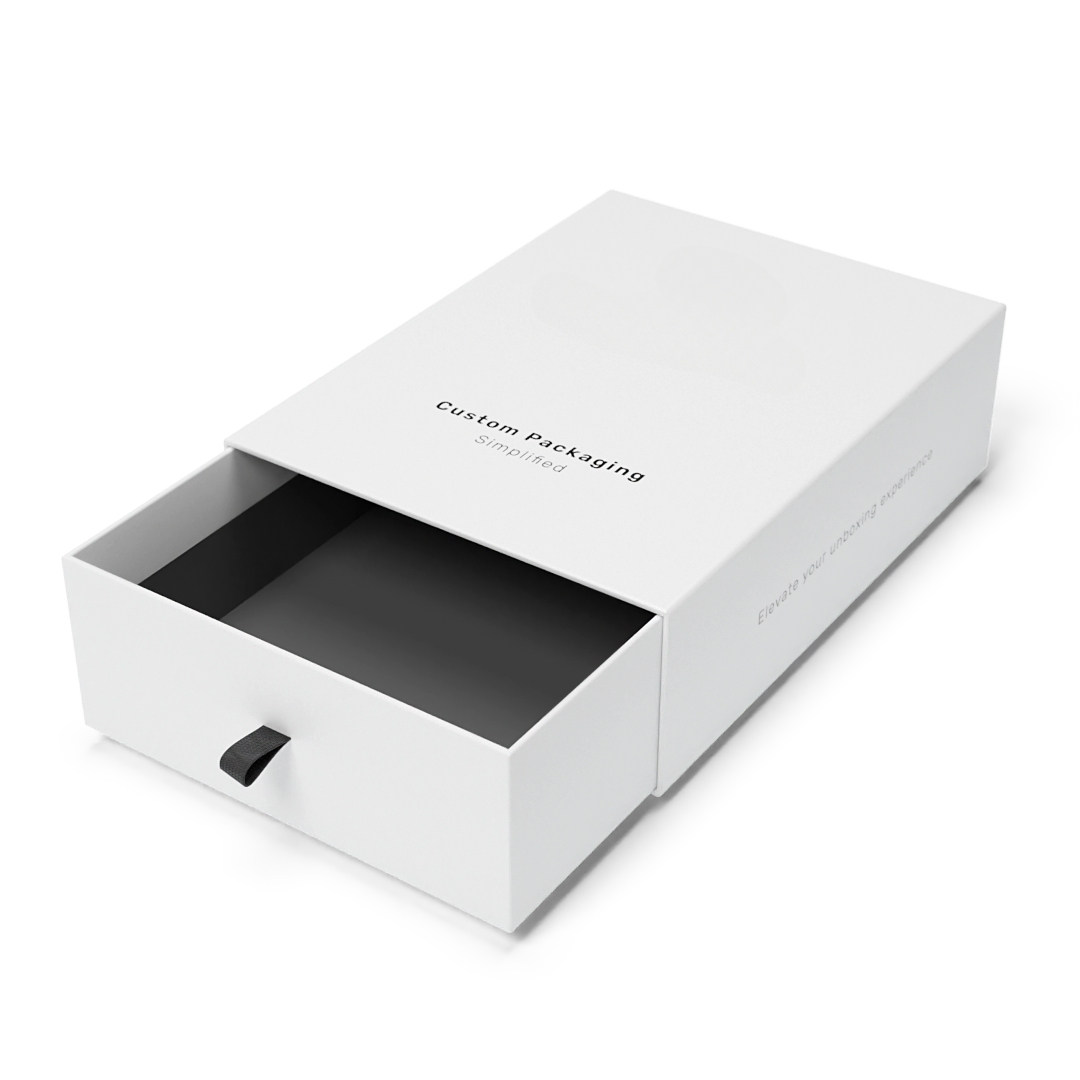
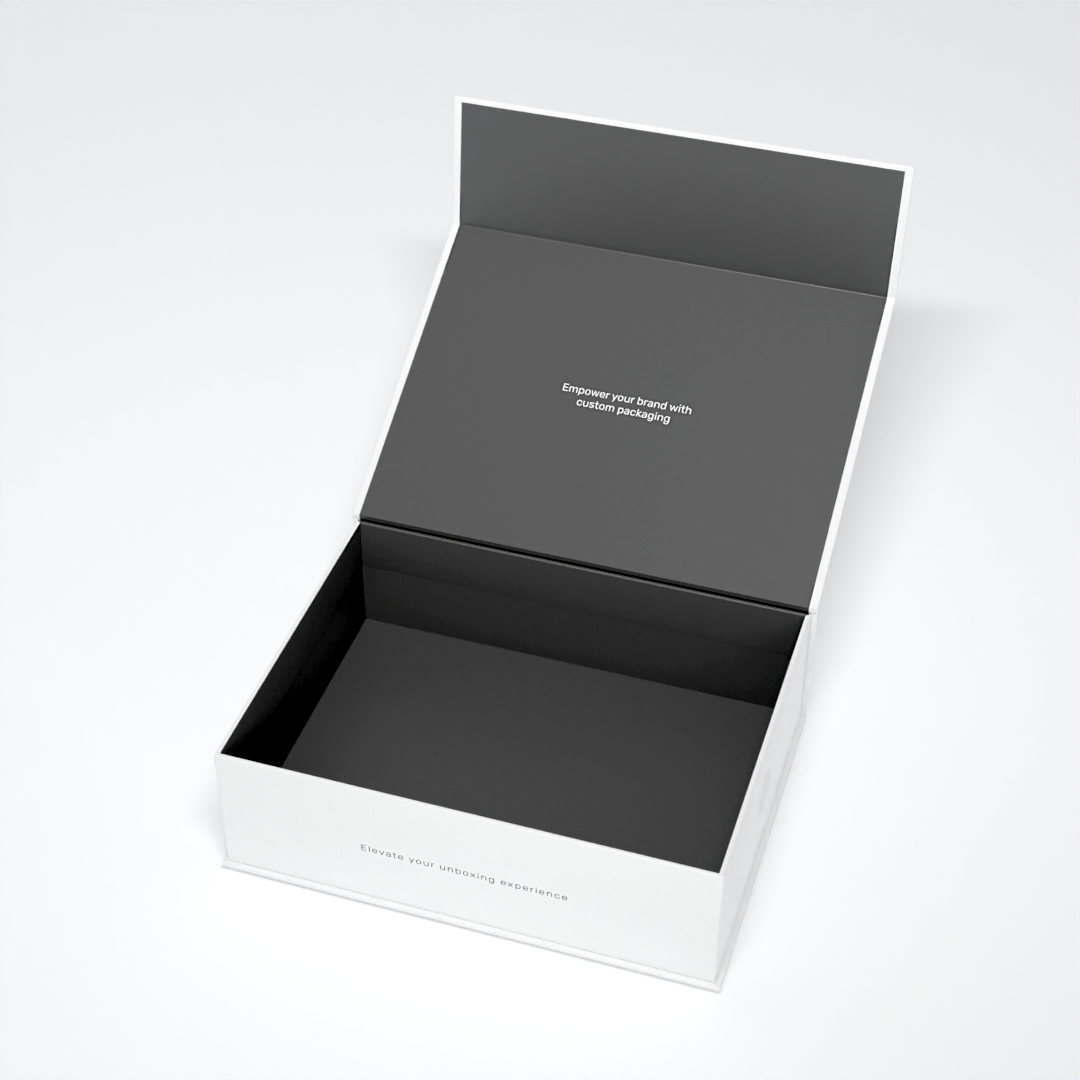
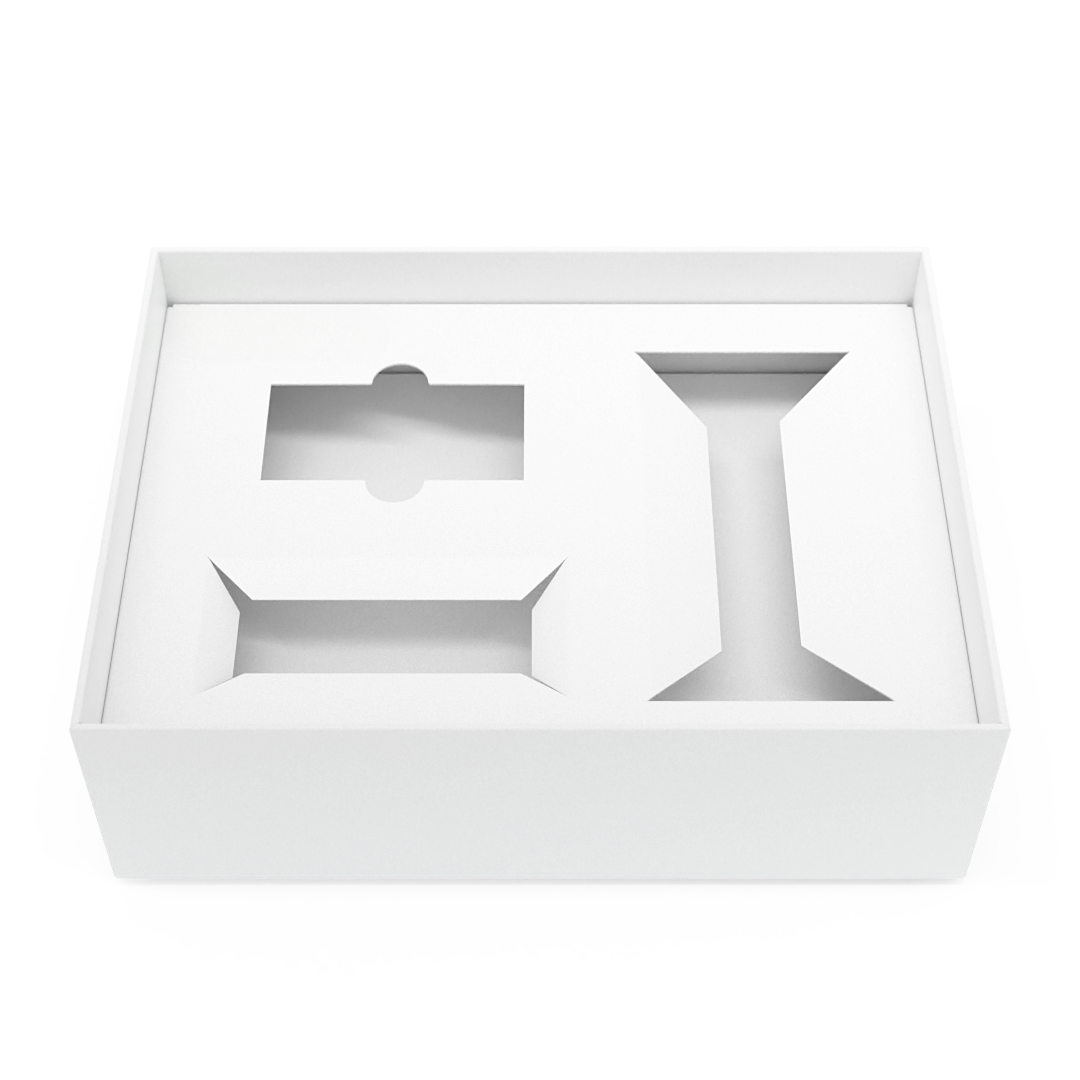
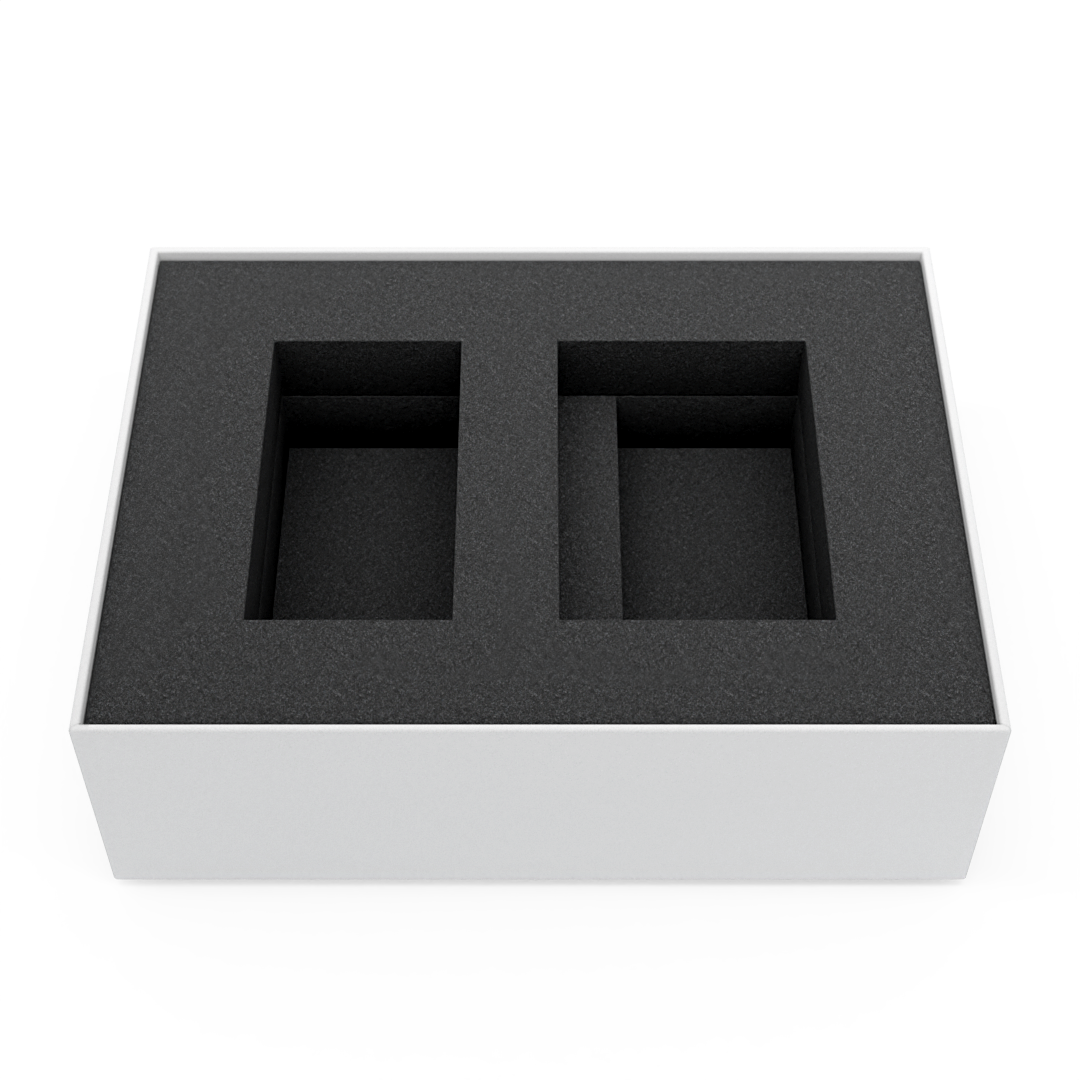
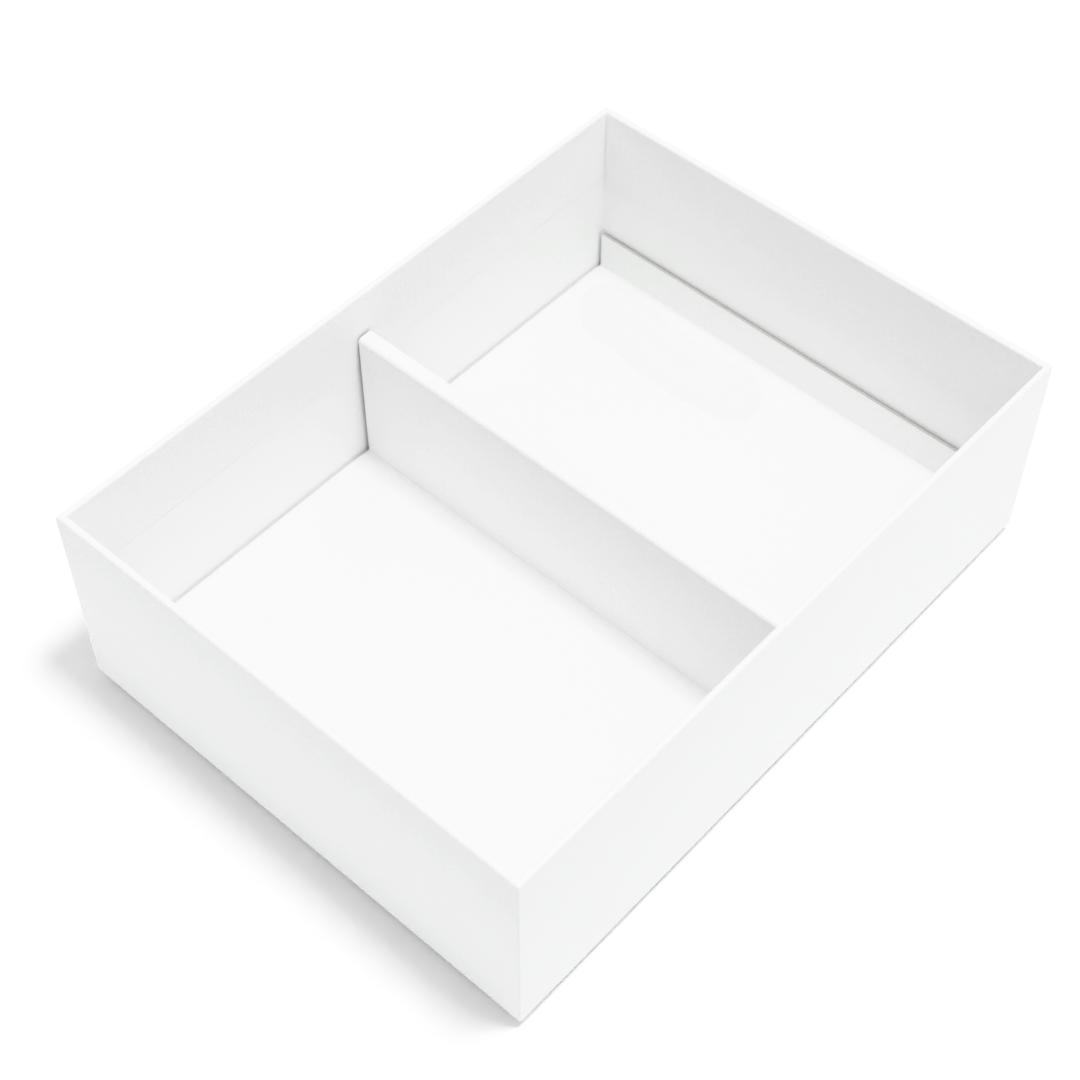
Leave a comment